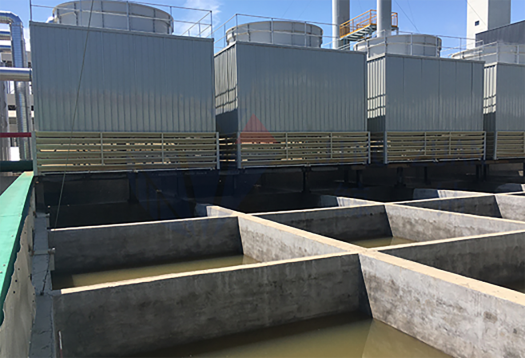
Oct . 06, 2024 07:49 Back to list
redispersible polymer powder
Understanding Redispersible Polymer Powder A Versatile Construction Material
Redispersible Polymer Powder (RDP) is increasingly becoming an essential component in the construction industry, particularly in applications involving mortars, adhesives, and building materials. These powders are often used to enhance the performance of cement-based formulations, offering a range of benefits that contribute to improved quality, durability, and flexibility.
RDP is a free-flowing powder made from a polymer emulsion that has been spray-dried. When mixed with water, it can be re-dispersed to form a stable polymer film. This process is crucial, as it allows the powder to work effectively in construction applications without losing its properties over time. The key characteristic of RDP is its ability to improve the adhesion, flexibility, and water resistance of the materials it is incorporated into.
Understanding Redispersible Polymer Powder A Versatile Construction Material
Flexibility is another significant benefit of RDP. Traditional cement-based materials can become brittle and prone to cracking due to changes in temperature, moisture content, and structural movement. RDP provides enhanced flexibility, allowing the final product to withstand these stresses without compromising its integrity. This aspect is particularly beneficial in areas prone to seismic activity or in structures that require a higher degree of movement.
redispersible polymer powder

Water resistance is also a vital property that RDP imparts to construction materials. By reducing the water absorption rates of mortars and renders, the longevity of the structures can be greatly enhanced. This is particularly relevant in regions with high humidity or where buildings are exposed to water, as moisture can lead to deterioration over time.
In addition to its performance benefits, RDP is also widely recognized for its versatility. It can be used in a variety of applications beyond traditional mortars and adhesives, including self-leveling compounds, repair mortars, and exterior insulation systems. This versatility allows manufacturers to tailor formulations to specific needs, providing custom solutions that meet the demands of modern construction projects.
Moreover, the environmental impact of construction materials is becoming an increasingly important concern. RDP can contribute to more sustainable building practices by allowing for lower cement content in formulations, which can reduce the carbon footprint of construction activities. Its ability to improve the performance of materials means that less product may be required overall, leading to further resource savings.
In conclusion, Redispersible Polymer Powder is an innovative and essential material in contemporary construction. Its ability to enhance adhesion, flexibility, and water resistance makes it indispensable in various applications, from mortars to adhesives. As the construction industry continues to evolve, adopting materials like RDP will play a critical role in creating durable, resilient, and sustainable structures that can withstand the test of time. Embracing such advanced materials is not only beneficial for performance but also aligns with the growing trend towards sustainability in building practices.
-
Versatile Hpmc Uses in Different Industries
NewsJun.19,2025
-
Redispersible Powder's Role in Enhancing Durability of Construction Products
NewsJun.19,2025
-
Hydroxyethyl Cellulose Applications Driving Green Industrial Processes
NewsJun.19,2025
-
Exploring Different Redispersible Polymer Powder
NewsJun.19,2025
-
Choosing the Right Mortar Bonding Agent
NewsJun.19,2025
-
Applications and Significance of China Hpmc in Modern Industries
NewsJun.19,2025







